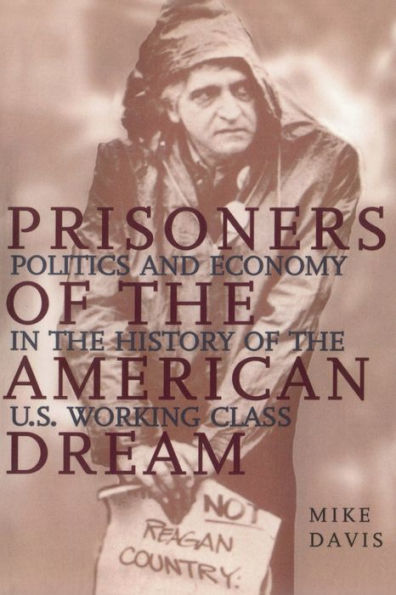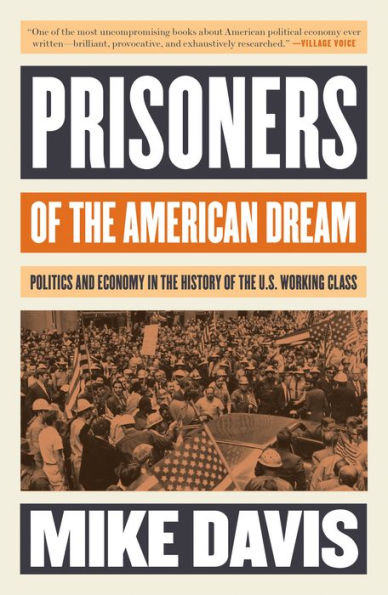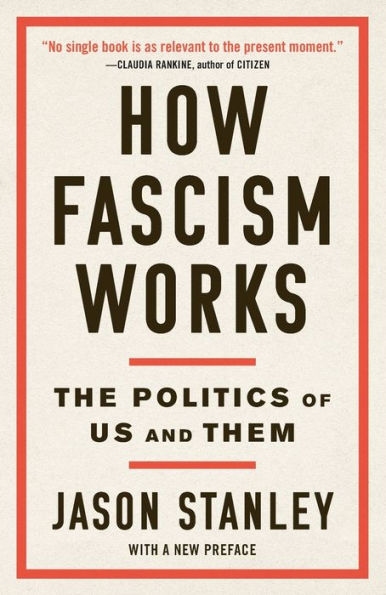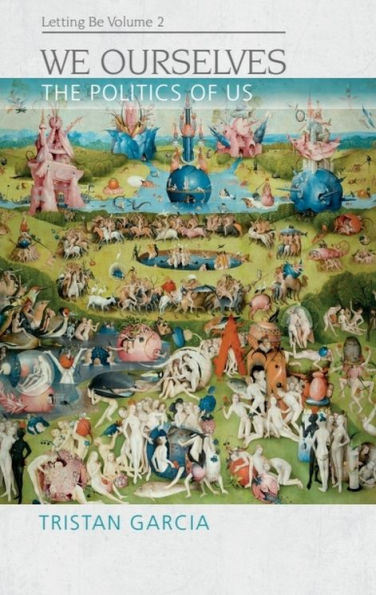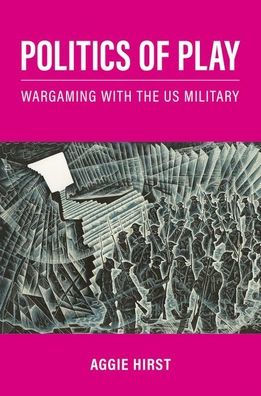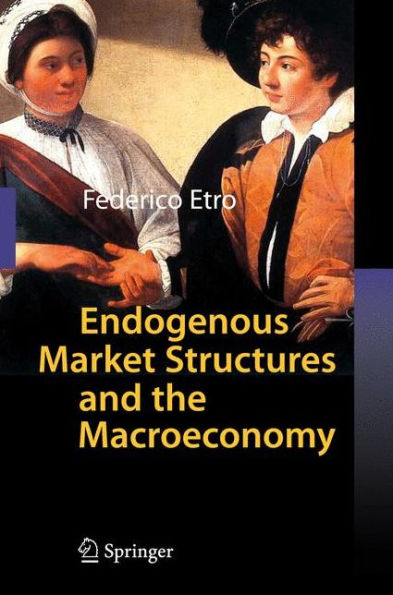Home
U.S. Politics and the American Macroeconomy
Barnes and Noble
Loading Inventory...
U.S. Politics and the American Macroeconomy
Current price: $34.95

Barnes and Noble
U.S. Politics and the American Macroeconomy
Current price: $34.95
Loading Inventory...
Size: OS
*Product information may vary - to confirm product availability, pricing, shipping and return information please contact Barnes and Noble
This book considers the interrelation among macroeconomic politics, macroeconomic policymakers, macroeconomic policies, and macroeconomic perform ance. This interaction is examined using the expectational Phillips curve model, which measures macroeconomic outcomes in terms of inflation and unemployment. The subject of macroeconomic politics mainly focuses on voter behavior, presidential re-election ambition, and political party priorities. These political factors influence the macroeconomic policy actions of the president, Congress, and the central bank; the analysis takes into account both fiscal and monetary policies. The author's examination of citizen sentiment is based on rational voter theory and the median voter model. He compares the effects of macroeconomic farsightedness versus shortsightedness in voters and contrasts the conservative versus liberal perspectives on macroeconomic policy and performance. The empirical component of the analysis examines the electoral and partisan political business cycle effects upon the U.S. economy, and evidence of idiosyncratic effects during the time frame of 1961-2014 is found. Finally, the author discusses macroeconomic influence on various measures of voter sentiment, such as presidential job approval, and presidential and congressional election outcomes.
This book considers the interrelation among macroeconomic politics, macroeconomic policymakers, macroeconomic policies, and macroeconomic perform ance. This interaction is examined using the expectational Phillips curve model, which measures macroeconomic outcomes in terms of inflation and unemployment. The subject of macroeconomic politics mainly focuses on voter behavior, presidential re-election ambition, and political party priorities. These political factors influence the macroeconomic policy actions of the president, Congress, and the central bank; the analysis takes into account both fiscal and monetary policies. The author's examination of citizen sentiment is based on rational voter theory and the median voter model. He compares the effects of macroeconomic farsightedness versus shortsightedness in voters and contrasts the conservative versus liberal perspectives on macroeconomic policy and performance. The empirical component of the analysis examines the electoral and partisan political business cycle effects upon the U.S. economy, and evidence of idiosyncratic effects during the time frame of 1961-2014 is found. Finally, the author discusses macroeconomic influence on various measures of voter sentiment, such as presidential job approval, and presidential and congressional election outcomes.

